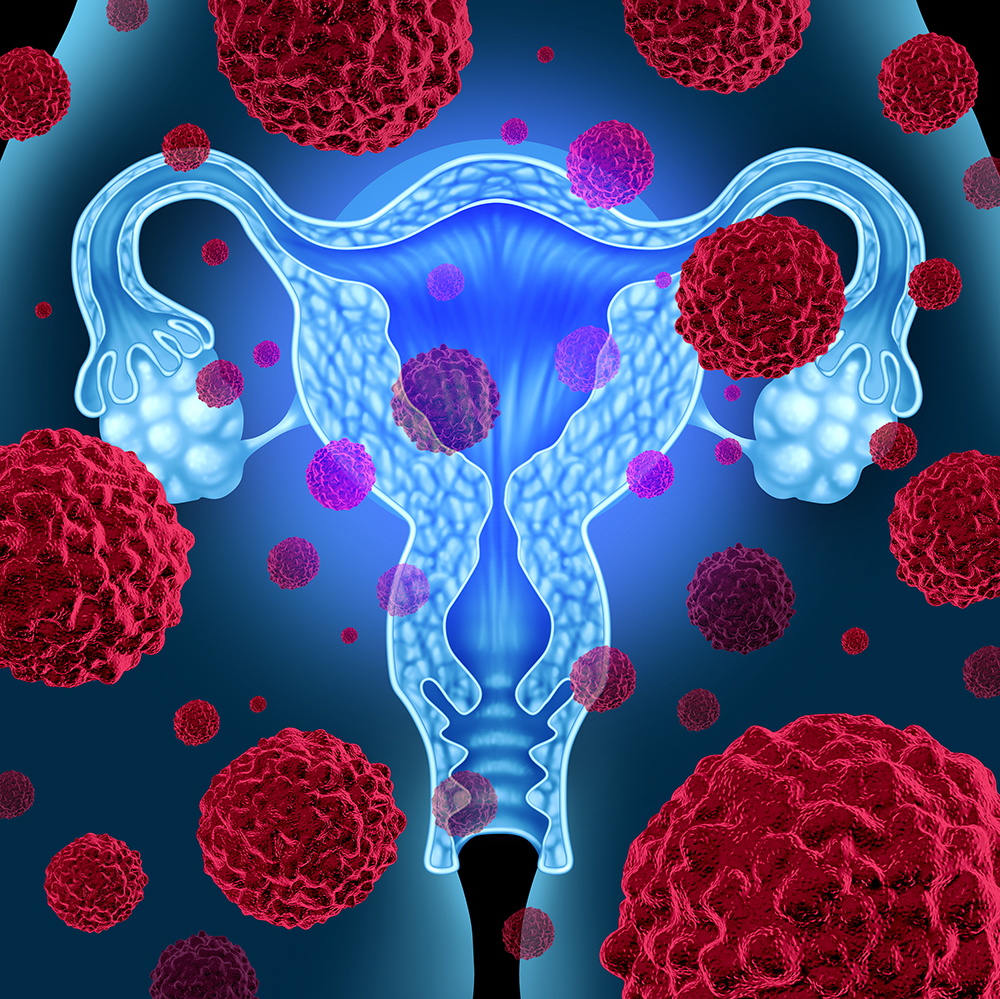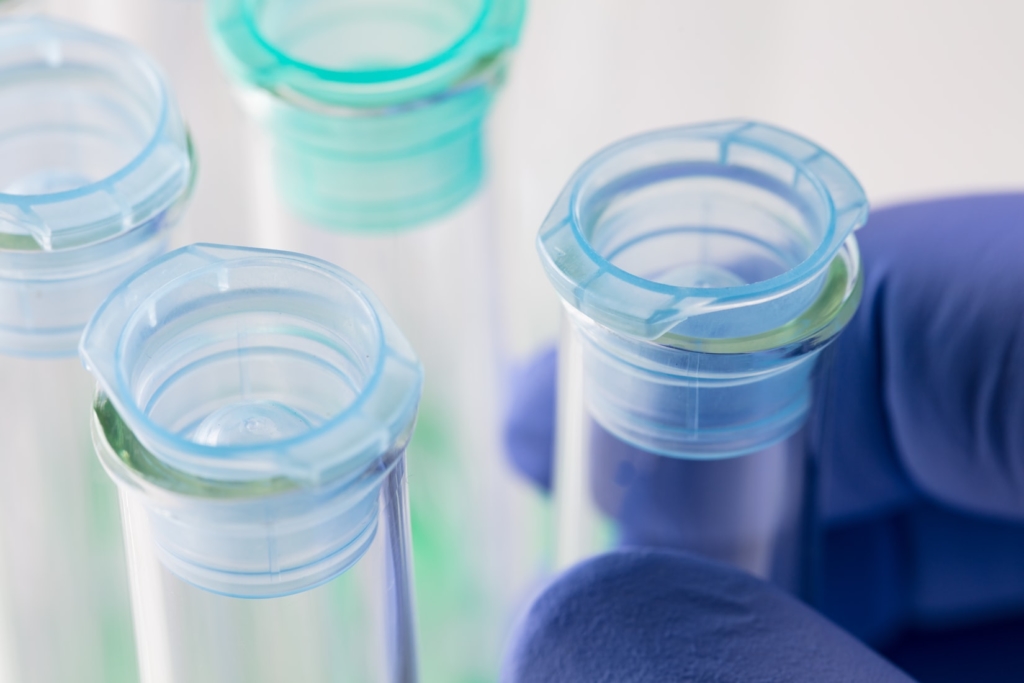
What is HPV ?
HPV is a very common virus, transmitted through skin-to-skin or sexual contact.
The HPV test is done from a sample of cervical cells.
More than 99%1 of cervical cancer is caused by HPV. Every year, 500 0001 women are diagnosed with cervical cancer worldwide.
Over 100 types of HPV have been identified, however, only some types are known to cause health problems such as genital warts and cancers.
HPV 16 and 18 are the highest risk types known to cause about 70% of all cervical cancers. The Roche platform (approved by Health Canada2 ) is utilized by Procrea Fertilty and can determine the important high risk types HPV 16 AND 18.
- In the majority of women, HPV does not cause problems. They are able to fight off the infection before it causes any problems. For some, however, the infection persists.
- Men also can get HPV. However, it is rare for HPV to cause serious problems in men.
Getting the right tests can protect and/or prevent cervical cancer
There are two tests that can protect you from cervical cancer: a Pap test and a HPV test. For both tests, a doctor or nurse collects a sample of your cervical cells during your gynecologic exam.
The HPV Test
- The HPV test uses advanced, molecular technology to detect high-risk types of HPV:
16,18,31,33,35,39,45,51,52,56,58,59 which can cause cervical cancer and other high risk types which may cause cancer 66 and 68. - It is important to know if you are infected by the virus to know your risk of developing cervical cancer and to determine your need for additional exams – or not.
*From the same specimen an analysis can be performed to detect a Chlam/Gono infection
Learn more about HPV at http://www.hpvinfo.ca/

Chlamydia Trachomatis / Neisseria Gonorrhoeae
Chlamydia trachomatis (CD) is the most frequently reported bacterial sexually transmitted disease (STD) in the United States as well as the second most leading cause of sexually transmitted diseases worldwide³
CT is the causative infectious agent for a variety of diseases in men. Among women, the consequences of chlamydial infections are severe if left untreated/ Since approximately half of these infections are asymptomatic, many cases go undetected and untreated, leading to 5 additional problems, particularly with pregnant women⁴
lnfants from infected mothers can develop conjunctivitis, pharyngitis and pneumonia. ⁵
Neisseria Gonorrhoeae clinical manifestations of 9 infections are numerous. In men, acute urethritis.⁶
In women, the predominant symptoms are increased discharge⁷
Infants from infected mothers can develop conjunctivitis.⁸
Cobas® 4800 is a registered trademark of Roche. ThinPrep® is a registered trademark of Hologic Corporation
References:
- ¹site HPV16and18.com
- ²Institut national de santé publique : GUIDE DE PRATIQUE POUR LES ANALYSES DE LABORATOIRE EN LIEN AVEC LES ITSS, Titre: DÉTECTION DU VIRUS DU PAPILLOME HUMAIN À HAUT RISQUE, AOÛT 2013
- ³Gerbase, A, Rowley J.T., and Mertens, T.E. 1998. Global epidemiology of sexually transmitted diseases. Lancet 351:(S3) 2-4.
- ⁴Miller WC, Ford CA, Morris M, et al. Prevalence of chlamydia! and gonococcal infections among young adults in the United States. JAMA. 2004; 291 :2229-36
- ⁵Stamm WE, Jones RS, Batteiger BE. Chlamydia trachomatis (frachoma, Perinatal Infections, Lymphogranuloma Venerum, and Other Genital Infections). In Mandell GL, Benett JE, Dolin R, eds. Principles and Practices of Infectious Diseases. 6th ed. 2005. Elsevier, Churchill, Livingston: Vol 2.
- ⁶Cohen MS, Cannon JG. Human experimentation with Neisseria gonorrhoeae. Progress and goals. I Infect Dis.1999; 179(Suppl 2):S375-379.
- ⁷Ross JD. An update on pelvic inflammatory disease. Sex Transm Infect. 2002; 78:18-19.
- ⁸Handsfield HH, Sparling PF. Neisseria gonorrhoeae. In Mandell GL, Benett JE, Dolin R. Principles and Practices of Infectious Diseases.
